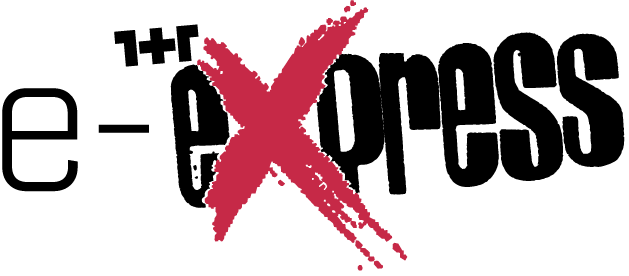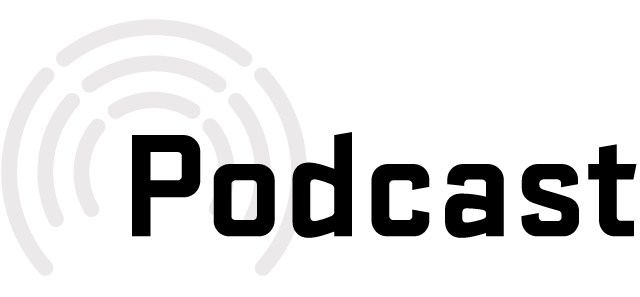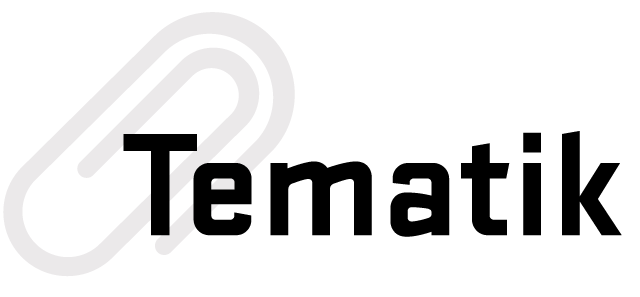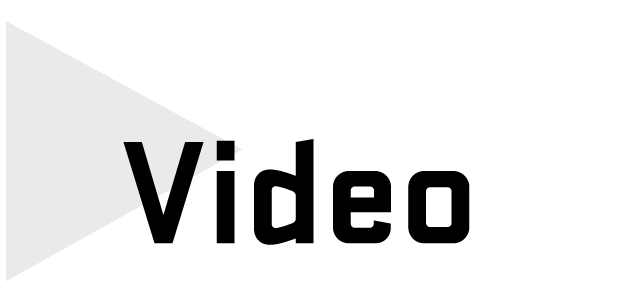Works done to survive, works done to get pleasure, house work, mandatory daily works…They all indicate different types of labour and they are all done in a social, political and historical context, during various slices of everyday life. Zeyno Pekünlü’s new exhibition, entitled Work, lets us explore the multiplicities of work, new technologies, labour-time relationship and the contemporary political context in which all of this take place…
Let’s start with the video, Work, which the exhibition is named after…
Zeyno Pekünlü: Each moment I was working behind the computer, I turned the camera on and recorded what I did. Edited to a nine-hour video, representing the regular working hours, we don’t see the computer screen but only my face while hearing my voice telling all the work I do. In my previous work, I dealt with online activities and information produced and spread on the internet. My interest in following my own activities and questioning the nature of my own work started then.
In the video, we look at the most mundane moments of the production process of artistic work, which seems much more enchanted when it enters the stage of being exhibited. I also record the paid jobs I do to support the production of my artistic work, which is based on a type of fragmented communication with various people through email, WhatsApp, phone, Telegram. While I wait for an answer in an email correspondence, I edit a video. I make constant transitions from one work to another in short intervals ranging from 45 seconds to two minutes. Volunteer work and coordination work for political collectives also come into the picture. The regulation of domestic labor in the house behind the closed door, behind me in the video, also takes place in front of the computer: shopping lists, doctor appointments, vaccination dates, whitewash, finance… Last but not least, there is the ongoing political agenda in Turkey that unexpectedly interrupts all these works by sneaking in the work space. News I read during my breaks, unexpected news such as of people being taken into custody, pour in from social media…This is precisely what I am after: creative work, wage labor, daily activities, political engagements and news, piling up on and interpenetrating each other. Within this mobility, the body remains stable. You are physically lonely while communicating with the world, looking at the screen with a rather insensitive face. The face remains the same while you read the disturbing news or edit a video. Hence, although Work seems to reveal a personal working process, it in fact portrays the situation Turkey is in.
Invisible labour, immaterial labour, precarious work; artists discuss and disagree on these issues for a long time. Certain artists or art professionals are not pleased to use the word labour while talking about art.
Does what you call insensitivity mean habituation or losing the ability to react?
It is indeed getting used to an experience you had for so many times and having to go on with your daily life after saying “well, now it is their turn to be arrested”. We go through different phases of this since 2010. In the beginning, life would stop after such news and we would gather leaving whatever work we do. We didn’t experience a serious apathy until 2016. This is also one of the reasons why Work came out now and why it is called Work. After 2016, we couldn’t continue the way we carried out political activity, and hence, people became absorbed in their work, whatever they do, with a motivation to at least keep producing, to the extent of exhausting themselves, forgetting the outside world. If I cannot intervene into the political arena, then let me write another article, open an exhibition, to get over with this period…
Is it a form of survival? The critic Ahmet Oktay said there was an increase in landscape paintings in Turkey after the 1980 coup d’état. How do you deal with this apathy?
The themes of my work haven’t changed but our lifestyles have been transformed severely. Before, you would miss tons of news if you hadn’t checked social media for half an hour, and now you see the same posts for days. People are intimidated to comment on the news; so many people are sued for their posts. Fear intermingles with exhaustion. We could approach our situation with humor before, but now, our experiences are heavier.

Many people are fired from their work with government decrees. Artists also feel more isolated. Is this the case for you too?
Art circles and institutions are relatively more flexible than the academia. I got full support from the local and international art scene when my ties with academia were cut. Yet, art institutions are also under enormous pressure, in a period where public space shrink and cultural life is interrupted. Institutional censorship cases are not as common as in the fields of cinema and music, but self-censorship is quite widespread. A significant number of artists chose to live outside Turkey, sometimes unwillingly, who in fact keep thinking and producing about Turkey. Distance might bring a physical comfort but perhaps not always a mental one. Yet, it is also not hard to understand why people would choose to have the comfort of walking in the streets safely, especially as women, or not to go through all the daily intensities here by going abroad.
Work reflects YouTube Vlog aesthetics. Were you concerned that this would attenuate the video?
My previous works make use of footage from YouTube and deal with YouTubers. I am used to this aesthetics and I deliberately used the built-in facilities of the computer. Recently, many YouTubers started to work with professional equipment while exhibiting their lives but I preferred a more old-school YouTuber style that reflects how we usually work in real life, rather than polished representations that try to attract more followers.
The employer-employee positions are quite interchangeable in the art scene, which at times makes it harder to stand for your rights.
We make “art works” and our daily works at the same time. This brings up the question of the invisible labour of the artists. What are your thoughts on contemporary forms of invisible labor?
Invisible labour, immaterial labour, precarious work; artists discuss and disagree on these issues for a long time. Certain artists or art professionals are not pleased to use the word labour while talking about art, following the motto of “art is not done for money”. We surely don’t create for money, and artistic practice, whose boundaries are not clear-cut, cannot be equalized with manual labour. Yet, this form of labour should also be paid for. It gets even more complicated to discuss this in Turkey where art institutions are scarce and market is weak. Yet, we need to be alert to what gets mystified by the myths around art. I was involved in an occupational organization of artists where we realized our situation was quite similar to the exploitation of translators, publishers, code writers, curators, NGO and art institution workers. This is what we call “exploitation of idealism”.

Pierre Bourdieu calls it self-exploitation. We know quite well that becoming open to flexibility directly stems from the conditions imposed by neoliberalism. An artist clearly wants her work to be visible and public, but also faces the exploitation of this will.
The employer-employee positions are quite interchangeable in the art scene, which at times makes it harder to stand for your rights. This is also related to the scale of the market which isn’t wide. For instance, in cinema, division of labour is more clear: art directors, lighting directors, sound editors, script writers can get organized separately. Although I am not in favor of professionalization, we must admit that the transitions among positions in the art world makes it more complicated to talk about labour rights.
It is difficult for the artists to get organized within existing unions. We witness small-scale union activities in workers’ movements, is there a similar mobilization among artists?
Art Labourers group was such an attempt but it didn’t last long. It started with a censorship crisis in Istanbul Modern Museum 2010, when new institutions and galleries were emerging due to Istanbul being the European Cultural Capital and art labour discussions were more visible due to increasing international connections. We endlessly and passionately discussed the difference between manual labour and art labour, as well as the effects of artists having contracts. There were mainly two groups: the ones who wanted to get organized without using the notions of work, labour and contract, and those who were in favor of struggling for our rights within the existing market, while we simultaneously try to change it. The Siyah Bant group was very influential in this period when artists got mobilized and connections were made. It was unfortunate that this was before the Gezi protests when “getting organized” still had old-school connotations in people’s minds and it was harder to imagine different forms of getting organized.
In the early years of photography, people were afraid that photography would kill the art of painting. It didn’t and it provided new directions for visual arts. The same can be said for social media platforms, which can be used for a variety of purposes.
Alongside its economic aspect, precarity also makes one “vulnerable” in Judith Butler’s terms. This vulnerability has severe practical consequences.
Indeed, we are unable to see what awaits us in six months, in these working conditions. You are constantly made to feel that there are hundreds of people who can take your place, especially in social sciences and art world.
Labour does not only imply a paid activity but infiltrates into each field of life. Your Work deals with this proliferation of labor.
I realized one more time how many forms labour can take while making this work. On the one hand, there is paid labour; its definition and time frame are never clear, especially in freelance work. On the other hand, there is labour behind producing art, which is not directly paid. Sometimes there is a long thinking and research process before you actually start producing the work. You are satisfied when the work is done but in fact clueless about what it can bring and when. There is also the task of organizing the house and everyday life. Even though there is after all an equal distribution of labour in the house, the act of distributing itself becomes a mental burden for women, as feminists discuss. Work doesn’t become visible without women express it and expressing is women’s task.

Neoliberal economy blurred the boundaries between “work” and “occupation”, which generates precarity. What are your thoughts on this distinction that also produces leisure time?
White-collar workers are concerned with how their leisure time is appropriated by corporate activities, work gatherings and entertaining trainings. Institutions are after their workers’ free time too. In addition, recently, leisure time ceased to be the relaxing time due to social media, which enforces one to compete with others to incessantly show what he eats and drinks, where he goes. Seemingly free and entertaining platforms, such as Instagram, also dictates how to live life.
We maybe fall into the trap of perceiving leisure time as free time.
Our parents’ generation believed in the virtue of getting retired from the job you started with. They barely changed jobs. Now you work in multiple jobs simultaneously or you change several jobs in a year. White collar work, freelance work and unemployment are easily interchangeable. Freelance work also means working with several employees at the same time, which comes with an emotional burden. “Free” here, means not having definite working hours, a work place and working at midnight, during holidays in the beach.
With the spread of mobile technologies, the spectator seemingly became a more active agent. These technologies also extended the notion of work what we call flexibility. What seems to be emancipating can also be quite limiting. How do you approach this paradox?
These mediums are inarguably vital for the marginal groups, such as an LGBTI person who doesn’t live in a big city to meet like-minded people or feminists who don’t have access to discussions taking place around the world. “Social media revolutions” was, I think, a misleading expression, used for the uprisings in 2010s. Surely, social media has been a vital device against oppression and censorship; yet the transformation took place through the congregation of people in the streets and squares. They informed and fed each other.
In the early years of photography, people were afraid that photography would kill the art of painting. It didn’t and it provided new directions for visual arts. The same can be said for social media platforms, which can be used for a variety of purposes. We should nevertheless keep being alert to the fact that these platforms we use for free are owned by profit making corporations. These platforms can be shut down and information we produce there might get lost. They cannot be trusted to create archives we really care.
Some people claim that the increase in virtual public spaces is related to the shrinking of public spaces.
In my opinion, they both shrink these days. Our visibility in social media was higher when we were more visible in public space. The same regime of fear dominates both fields. The comments we used to make on Twitter and Facebook are now made in closed groups on Telegram and WhatsApp. We are still connected to each other but only as a group of 15-20 people.
Translated by Aylin Kuryel





